The issue of safe sleep for infants is one that deeply resonates with many parents, especially those of us who have been touched by stories of loss or who have experienced the fear that comes with caring for a newborn. I vividly remember the first time I heard about Anne Diamond and her relentless mission to prevent Sudden Infant Death Syndrome (SIDS). It struck a chord with me, as it likely does with many of you reading this today.
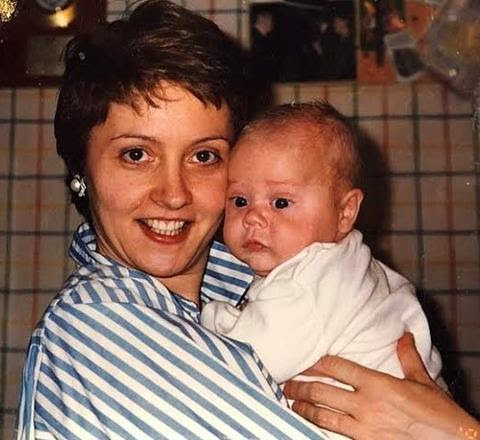
Anne with Sebastian aged 4.5 month
Anne Diamond’s journey into advocating for safe infant sleep practices began in the most tragic way possible. In 1991, Anne lost her son, Sebastian, to cot death – the former name for SIDS. For those unfamiliar, SIDS refers to the sudden and unexplained death of an apparently healthy baby during sleep. It’s every parent’s worst nightmare, and it was a reality Anne faced. Instead of retreating into grief, Anne turned her loss into a powerful force for change, dedicating her life to ensuring that other parents would not have to endure the same heartbreak.
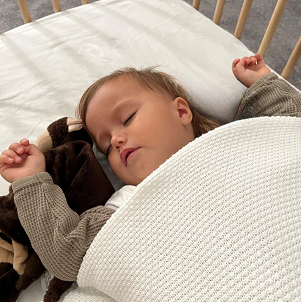
A Save Our Sleep Toddler back sleeping at 22 Months
One of Anne’s most significant contributions to the fight against SIDS is her work with the “Back to Sleep” campaign. This campaign, launched in the early 1990s, fundamentally changed the way parents and caregivers approached infant sleep. Before this, it was common practice to place babies on their tummies to sleep, which, as it turned out, significantly increased the risk of SIDS. The “Back to Sleep” campaign promoted the simple yet profound advice that babies should be placed on their backs to sleep—a practice now recommended by pediatricians worldwide.
The results of this campaign were nothing short of remarkable. Since the introduction of “Back to Sleep,” the incidence of SIDS has decreased by more than 50% in many countries. This change saved countless lives, and it’s something that parents today can continue to rely on as part of a safe sleep routine for their little ones.
But why is back sleeping so crucial? When babies sleep on their backs, their airways are less likely to become obstructed, and they are less prone to overheating—both significant risk factors for SIDS. By simply placing your baby on their back for every sleep, you’re giving them the best possible chance for a safe night’s rest.
At Save Our Sleep, we often think about Anne’s mission and the legacy she’s built—a legacy not just for Sebastian, but for every baby who now sleeps safely because of her efforts. It’s a reminder of the power of knowledge and how, as parents, the small choices we make daily can have an enormous impact.
As someone deeply passionate about infant sleep safety, I’ve often reflected on the profound impact of Anne Diamond’s “Back to Sleep” campaign. Her tireless advocacy has undoubtedly saved countless lives, and at Save Our Sleep, we embrace her message wholeheartedly. In fact, I advocate for extending back sleeping well beyond the infancy stage, with many of our Save Our Sleep babies continuing to sleep on their backs until well past two years of age.
Why is this so important? Simply put, tummy sleeping is unsafe. When a baby sleeps on their tummy, the risk of their airway becoming blocked or them overheating significantly increases—both of which are major risk factors for Sudden Infant Death Syndrome (SIDS). But the danger doesn’t stop there; as babies grow and start moving more in their sleep, the risk of them flipping onto their tummies increases if they aren’t securely positioned on their backs. This is why ensuring that your baby sleeps on their back is one of the most vital steps you can take to protect them.
But how can we keep our little ones safely on their backs throughout the night? The answer lies in creating a secure and comfortable sleep environment that naturally encourages back sleeping. This starts with using the correct bedding, including safe blankets that keep your baby warm and snug. When a baby feels secure, they are less likely to move around and flip onto their tummy during sleep. I’ve seen firsthand how a well-designed sleep setup can help babies remain in the safest position all night long.
At Save Our Sleep, we are dedicated to providing families with the tools and knowledge needed to create these safe sleep environments. It’s not just about following a routine; it’s about understanding the why behind every choice we make for our babies. By using appropriate bedding and consistently placing your baby on their back, you are giving them the best chance for a safe, restful sleep.
As parents, we can sometimes feel overwhelmed by all the advice and information out there, but when it comes to sleep safety, the evidence is clear: back sleeping is the safest choice. And with the right setup, you can help your baby sleep soundly and safely well into their toddler years. Let’s continue to honour the legacy of Anne Diamond by making safe sleep practices a priority in our homes.
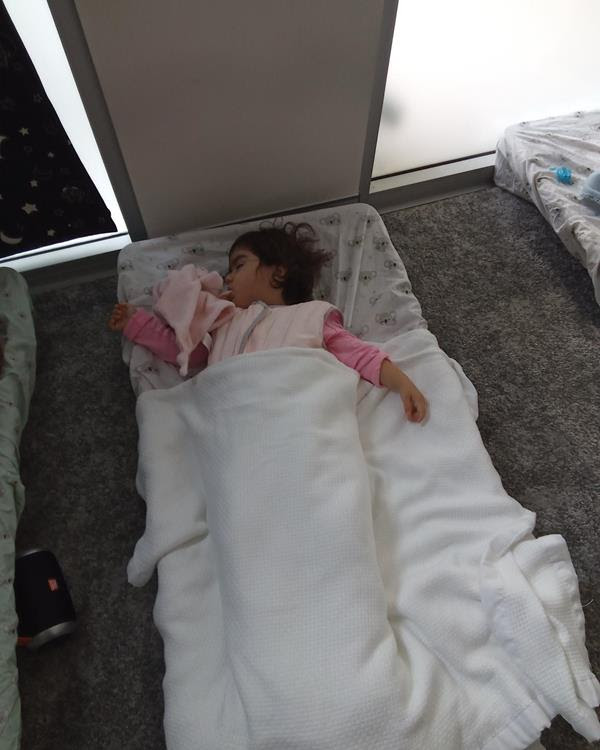
Save Our Sleep toddlers sleep on their back when they move to a big bed.
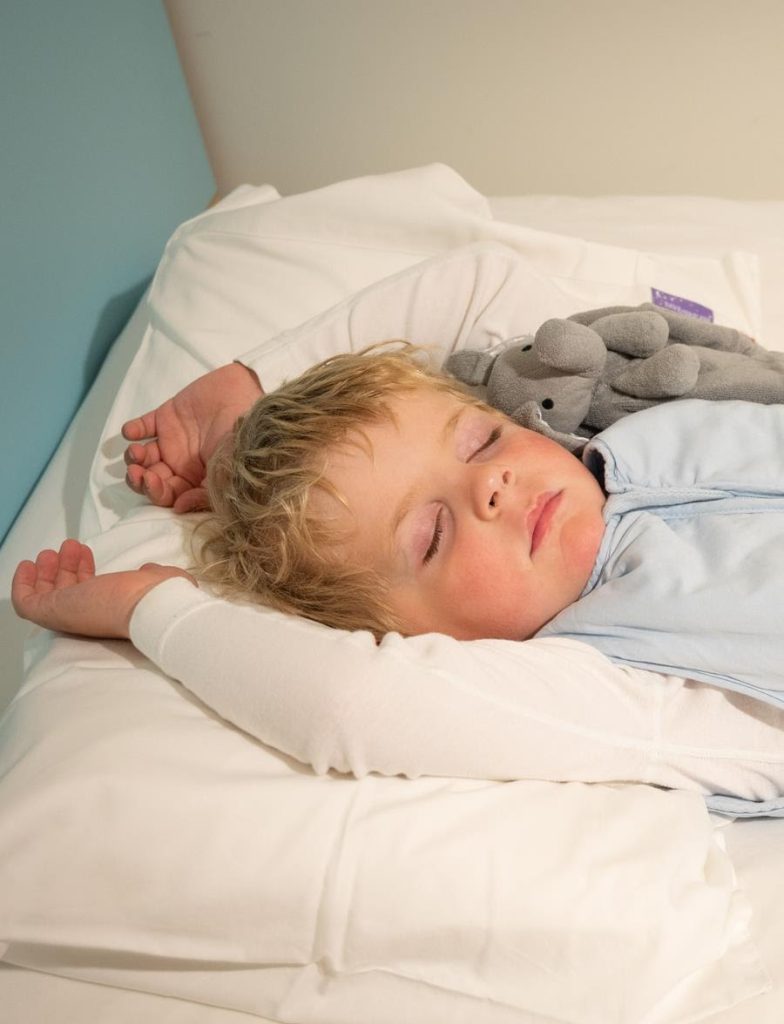
You can see my youngest Ciarán sleeping on his back above on My first pillow sleeping in a 2.5 TOG sleep suit at aged 4 and look at Kingsley at at daycare, 18 months and still on her back!
The reason she is sleeping so well is her clever mummy sends all her Save Our Sleep bedding with her.
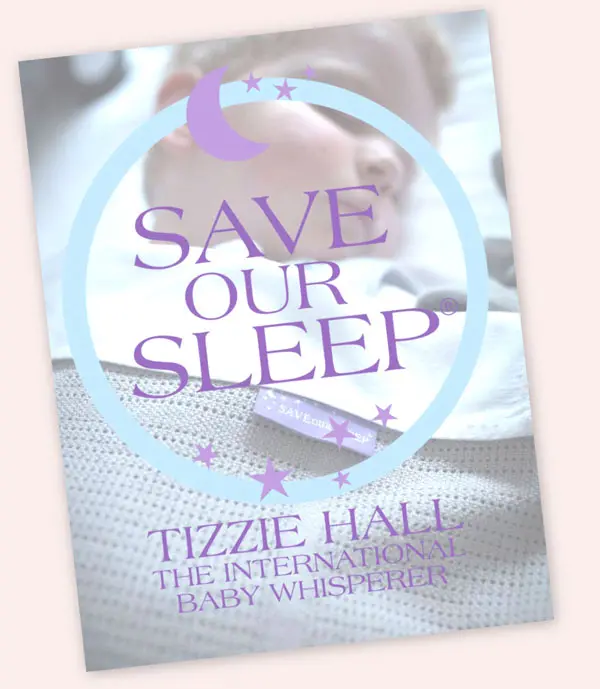
Join our newsletter and receive a FREE download of the world famous Save Our Sleep Safe Bedding Guide delivered straight to your inbox!
PLUS you will also receive a thank you gift offer shortly after.